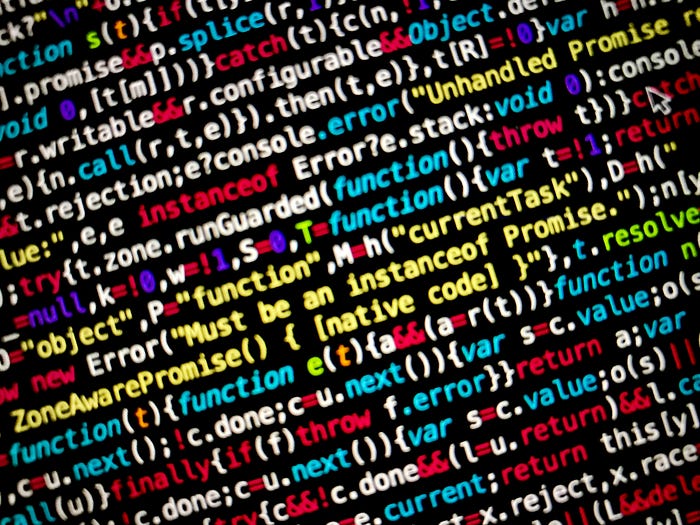Don’t worry; ChatGPT isn’t going to replace humans.

While many in media, and plenty of other fields, are haunted by doomsday scenarios in which OpenAI’s new artificially intelligent chatbot, ChatGPT, replaces every white-collar worker in America, others are more optimistic.
A few early adopters are excitedly jumping in with two feet; and quickly since Microsoft just announced a multi-billion dollar investment in the tiny startup.
At the time of this writing, high school students are undoubtedly using ChatGPT to write overdue essay papers, curious computer nerds are experimenting, and Silicon Valley power-players are trying to figure out how they are going to make money with it.
Microsoft plans to marry ChatGPT to its derelict search engine, Bing, in the coming weeks, in an effort to be more competitive with Google. So get ChatGPT now while it’s still hot, free, and unencumbered by Bing.
Not only is ChatGPT not a doomsday scenario, but it might also end up being a helpful tool, freeing up office time for higher-level work than writing this week’s blog entry or top-ten lists.
BuzzFeed has already announced it will be using ChatGPT to create some of its media content, though given the outlet’s disastrous loss of market share in recent years, it’s doubtful anyone will notice a diminution in quality.
ChatGPT, and its creator Open AI, also represents the best of America.
While Sam Bankman Fried slouched and fleeced his way through Silicon Valley, Elizabeth Holmes preyed on the need for better medical diagnostic equipment, and the Chinese Communist Party strove — by fair means and foul — to bring new tech products to market first, a tiny little upstart with fewer than 400 employees just invented the hottest product on the market.
Crypto investors have run screaming for the hills, no one even pretends to understand blockchain anymore, and the winds of sea change just blew in from nowhere.
Instead of any of the well-established would-be prophets of Silicon Valley, some ridiculous little startup on a shoestring budget achieved the American dream: Selling out to Microsoft for billions of dollars.
It may seem surprising, but it isn’t really.
The reason it was OpenAI that brought us ChatGPT is very simple: More freedom, more innovation; less freedom, less innovation.
This is an empirical truth because the price of innovation, invention, and art, is risk.
Specifically, the price of innovation, invention, and art is the risk of failure.
A lot of failures.
When failure carries stiff penalties, the risk is simply too high.
In a large company, a whole host of managers has to sign off on any major expenditure; legal needs a look, marketing has some changes, and investors want assurances.
The more money is invested, the less risk is tolerated. There’s too much on the line.
The risk of rejection, the fear of never succeeding, and the frustration inherent in any such endeavor are already well nigh unbearable for most aspiring artists, inventors, entrepreneurs, et al; most never get started.
Or they start and can’t finish. Or finish and never produce anything good. Or were wrong about everything.
“I have failed God and mankind because my work never attained the level it should have,” were the dying words of Leonardo Da Vinci. It’s the eternal cry of the frustrated creator, it’s the terrible price of taking such risks.
ChatGPT, for all its potential applications, can’t make art, as we humans can; it can’t invent anything, and it can’t create anything.
The price of art, invention, and creation is risk. ChatGPT is incapable of risk and is therefore incapable of making art.
ChatGPT can’t write Haiku.
Oh, certainly the program can spit out five-seven-five syllable couplets all day long — no lunch break. But it can’t understand why this is moving:
“The light of a candle
Is transferred to another candle —
Spring twilight.” — “Lighting One Candle” by Yosa Buson
And this is not:
Winter chill sets in
Snowflakes dance in the moonlight
Peaceful, pure and white.” — ChatGPT
A human could never explain to a computer — however intelligent — all the reasons why the first example is a work of art and the second is chewed-up bubblegum gibberish. Most humans don’t understand it well enough themselves. What makes something art? What is beauty?
Art and beauty are so complicated, entire philosophical systems have been built around parsing it all out — and still fallen short.
There is no rhyme or reason to what moves us in art; it’s a bit like love. Sometimes innovation can be just as mysterious, infinite, and elusive (see, the Segway).
If the last 10,000 years of recorded history have taught us anything, it’s that human beings have an infinite well of creativity. Look around the natural world; one of these things is not like the others.
It’s us.
Our nearest animal relatives inhabit a tiny tract of land in equatorial Africa. The greatest achievement of our animal cousins is crude tool use.
Humans live everywhere. We invented the internal combustion engine, and learned to mine and refine minerals from the earth; not long ago, we split the atom. Not long after that, we mapped the human genome.
Now, we’ve invented something new; an intelligent chatbot. Our nearest artificial relative may be impressive by some standards. Not everyone can pass the bar, the medical licensing test, and the Wharton School of Business core exam in the same week.
But judged against the standard of human ingenuity; everything we’ve ever created and might yet create?
Good luck, ChatGPT; you’re going to need it.
(contributing writer, Brooke Bell)